
I am so excited, overwhelmed, overworked yet very happy! This is the new edition to our family, an all black Shih Tzu named Prince Nino. My Nino is smart, affectionate , very energetic and a quick learner and he is only 8 weeks old. It hasn’t been hard to train him because of several reasons. He listens well and is growing up with three other Shih Tzus in the house . He knows when to eat, and how to ask to go outside to potty. He even knows to pee on the pee pad. We have had only one accident and that happened on the first day.
Yes, we are lucky but you can be lucky , knowledgable and an expert too with training your new pup. I just want to give some of my tips as well as a professional dog trainers advice. There are some things that professional trainers believe you should do that I don’t do such as crate training. I am including it because every dog breed is different. So where I don’t believe in it for my shih tzus, it doesn’t mean it is not appropriate for let’s say a German Shepard.
EASY PUPPY POTTY TRAINING
It’s normal for a young puppy to be a little ‘input-output’ machine. Since they are growing and developing rapidly at this stage, they eat more food, burn up more energy and seem to need to eliminate constantly! Puppies have not yet developed bowel and bladder control, so they can’t ‘hold it’ as long as adult dogs.
Puppies need time to developed a “den” instinct to cause them to want to ‘hold it’ and not soil the den, i.e., your entire house. In their litter, puppies just go whenever and wherever they happen to be! Successful house training depends upon your diligent supervision so you can be there to show your pup where to eliminate.
Just so you know, a puppy is never completely housetrained until they are 6 months old. For some breeds, even later. This means that though you may be making tremendous progress housetraining, there will be “mistakes”. Sometimes for reasons you can’t figure out! Don’t fret about it. Stay focused on the progress you are making. Your confidence in the techniques you are using to house train your puppy will ensure your success.
Your Five Rules for House Training
• Give your puppy frequent access to his toilet area – prevent soiling in the house.
• Reward the pup for peeing or pooping in the right place – use a special treat.
• Never punish the pup for housetraining “mistakes” – scolding has dire consequences.
• Put your puppy on a regular and timely feeding schedule – in/out clockwork.
• Know when your puppy last eliminated – keep a diary.
How often do puppies have to potty?
Most puppies have to eliminate about every 30-45 minutes except, of course, when sleeping. Their elimination schedule will depend upon when they last ate or drank water; rambunctious physical activity; and the big unknown – personal preference! That’s right – every pup has their own inherent elimination schedule. The good news is, puppies sleep alot!
The section below on “HouseTraining Taxi Service” will tell you WHEN to give your pup immediate access to her toilet area. For now – keep reading.
If your puppy is not sleeping in her crate or pen, and is out in the house, you must follow her around to know what she is doing: chewing a bone, running circles, getting a drink of water, etc. In fact, don’t take your eye off of her! If you cannot watch her continuously, you must put her back into her pen or crate to prevent potty training “mistakes”.
Regular feedings will house train a puppy faster
It’s very important to put your puppy on a regular and timely feeding schedule; What goes in on a regular schedule will come out on a regular schedule. Every pup is different; some poop immediately after eating; with others it may be 30 minutes to an hour after eating. Unless advised by your vet for some medical reason, do not free-feed. That is, do not leave food out all the time. For two reasons: First, your pup’s elimination schedule will be random at best. And second, she will not necessarily associate you as the provider of her food (see our article on being a pack leader and winning a puppy’s respect and trust).
Always leave water out for your puppy. Check the water bowl frequently to note how much she is drinking and to make sure the water bowl is full.
The best way to potty train a puppy
Confinement to a small area such as a bathroom or an enclosed exercise pen in combination with confinement to a crate works best.
This method is the most effective and flexible. Your pup needs to develop his natural “den instinct” and learn where to eliminate – and where not to. To potty train our puppy we must condition a desire in the pup to avoid soiling the “den” – your house. Confinement and your due diligence in providing access outside the “den” to potty and poop will develop this instinct and eventual desire. When and how to use confinement is described in detail below.
Choose a designated toilet area for House Training
So, where do you want to train your puppy to always potty and poop? The puppy toilet area needs to be accessible very quickly.
• If you live in a high rise apartment, or a street level apartment or home with DIFFICULT outdoor access, use a bathroom or pen in the home for housetraining.
• If, however, you live in a street level apartment or home with EASY outdoor access, use a specific, very close outdoor location and use “Housetraining Taxi Service.” You will still use an indoor pen for housetraining purposes, but outdoors will be your puppy’s primary toilet area.
Get the items you need for housetraining and set up the household:
• A few bottles of Nature’s Miracle or similar product to remove urine and fecal stains and odor. Place these in a central or multiple locations in your house with paper towels.
• A crate that will fit next to your bed but only large enough to accomodate your puppy when full grown. I prefer the wire type for a full view of the puppy. Get one that also collapses for easy transporting.
• An exercise pen that your puppy cannot jump out of. Put the exercise pen in a central location where you spend most of your time at home. You may want to put a tarp down first then set the pen on top of it.
• Special housetraining treats (rewards) – something small and special, reserved and used only for a housetraining reward. These treats should be kept close to the designated toilet area.
• An uplifting, cheery, excited tone of voice to carry with you at all times ( do they have that at the pet store? ).
“HouseTraining Taxi Service”
What ? To house train my puppy I have to call a cab? Well, not exactly, here’s the scoop. Puppies will decide to potty or poop instantly, giving you no warning. So many times when housetraining, a puppy is led to the door and on the way they just stop and do their business. This usually happens because the puppy has not developed enough bladder or bowel control yet to “hold it” until they get to the toilet area or they simply don’t know where the toilet area is yet. Not only has the pup made “a mistake,” but you have lost a chance to reward for going in the right place.
The key to house training is preventing “mistakes” and rewarding the puppy for going in your chosen spot.
“HouseTraining Taxi Service” is simply picking the puppy up into your arms, taking them to the designated toilet area, setting them down and praising them for going where you want. If you are going outside, put a collar and leash on the pup immediately after picking them up, unless the toilet area is safely enclosed and escape proof.
When should you provide “HouseTraining Taxi Service”
• Immediately upon your puppy waking up (morning, noon or night).
• Immediately after they finish eating, get a big drink of water, and after excited play
• When you think they might have to go – about every 45 minutes.
Better too often than too late!
• When your puppy whines in the crate in the middle of the night or whines in their pen during the day. Take them out to potty, reward for going and put them right back. If they continue to whine, see our article on whining and crying.
• When your puppy is standing at the door to the outside. Why not just let them out, you say? Well, he may not make it all the way to the toilet area, potty or poop in the “wrong” place and you have missed a housetraining opportunity!
For how long should you provide “HouseTraining Taxi Service” ?
Taxi your pup for about one month (until the pup is about 3 months old as this should give the pup enough time to develop some bladder and bowel control). By doing so, you will prevent many mistakes. At the same time you will train a stong preference in your pup to eliminate in your chosen spot. The pup will also learn that being picked up gets – kisses !
If you have a large breed puppy and can’t pick them up, slip on a leash quickly and “rush” them to the potty area, do not stop until you are there !
House Training Warnings – “I’m gonna go!”
Guess what, you get no warning before a young puppy is about to potty! They just squat and do it… in an instant. So, if they potty in the wrong place, you didn’t take them to their potty area soon enough – plain and simple.
However, with a poop you might get some warning – sometimes sniffing; usually circling by the puppy. By paying close attention to your puppy when they are out and about in the house, you may get a heads-up.
What to do if you catch your puppy in the act of a potty training “mistake”…
If pup is peeing in the wrong place… you may be able to stop him. Move quickly towards him when he begins to pee and pick him up. Urgency is key here – you want to startle the pup just a little as you move towards them to pick them up, but you DO NOT want to scare the pup. You are redirecting your puppy to the right spot – not disciplining him. Immediately after picking him up, take him to the potty area and patiently wait. Most pups will finish there. Reward your pup with exuberance!
If the pup is pooping… let them finish. Puppies are not able to shut off a poop like they can shut off a pee. More likely than not, you’ll just create a huge mess by trying to interupt a poop.
As always, never make a big deal about cleaning up after your puppy when an accident occurs.
Housetraining at your bedtime and when you wake up
Just before you go to bed and turn out the lights, go get your puppy, no matter where she may be, asleep or not, and taxi her to the potty area. Reward and praise as always for eliminating. Put her in the crate next to your bed and retire for the night.
First thing in the morning, take her out of the crate and taxi her to the potty area. Return her to the crate or pen unless you are able to supervise her without distraction. Feeding is usually next up. Feed your pup breakfast around the same time each morning and in the same location.
House Training When you are NOT Home
Confine your puppy to his, ‘puppy-proofed’ bathroom or an exercise pen and paper (or wee-wee pad) the entire floor. Put his bed, toys and food/water bowls there. At first there will be no rhyme or reason to where your pup eliminates. He will go every where and any where. He will also probably play with the papers, chew on them, and drag them around his little den. Most puppies do this and you just have to live with it. Don’t get upset; just accept it as life with a young puppy. The important thing is that when you get home, clean up the mess and lay down fresh papers.
While your puppy is confined to the bathroom or his pen, he is developing a habit of eliminating on paper because no matter where he goes, it will be on paper. As time goes on, he will start to show a preferred place to do his business. When this place is well established and the rest of the papers remain clean all day, then gradually reduce the area that is papered. Start removing the paper that is furthest away from his chosen location. Eventually you will only need to leave a few sheets down in that place only. If he ever misses the paper, then you’ve reduced the area too soon. Go back to papering a larger area.
Once your puppy is reliably going only on the papers you’ve left, then you can slowly and gradually move his papers to a location of your choice. Move the papers a little bit each day. If puppy misses the paper, then you’re moving too fast. Go back a few steps and start over. Don’t be discouraged if your puppy seems to be making remarkable progress and then suddenly you have to return to papering the entire area. This is normal. There will always be minor set-backs. If you stick with this procedure, your puppy will be paper trained.
House Training When You ARE Home
When you are home but can’t attend to your puppy, follow the same procedures described above. However, the more time you spend with your puppy, the quicker he will be house trained. Your objective is to take your puppy to his toilet area every time he needs to eliminate. This should be about once every 30-45 minutes; just upon waking; just after eating or drinking; and just after a play session. Provide house training taxi service to avoid unnecessary “mistakes”.
When your pup does eliminate in his toilet area, praise and reward him profusely and enthusiastically! Don’t use any type of reprimand or punishment for mistakes or accidents. Your puppy is too young to understand and it can set the house training process back drastically.
Don’t allow your puppy freedom outside of his room or pen unless you know absolutely for sure that his bladder and bowels are completely empty. When you do let him out, don’t let him out of your sight. It is a good idea to have him on leash when he is exploring your home. He can’t get into trouble if you are attached to the other end of the leash. Never, ever tie the puppy’s leash to something and leave the puppy unattended.
As your puppy becomes more reliable about using his toilet area and his bowel and bladder control develops, he can begin to spend more time outside his room or pen with you in the rest of your home. Begin by giving him access to one room at a time. Let him eat, sleep and play in this room but only when he can be supervised. When you cannot supervise him, put him back in his room or pen.
Active House Training
The most important thing you can do to make house training happen as quickly as possible is to reward and praise your puppy every time he goes in the right place. The more times he is rewarded, the quicker he will learn. Therefore it’s important that you spend as much time as possible with your puppy and give him regular and frequent access to his toilet area.
The Key To Successful House Training
Consistency and Patience. Never scold or punish your puppy for mistakes and accidents. The older your pup gets, the more he will be able to control his bladder and bowels. Eventually your pup will have enough control that he will be able to “hold it” for longer and longer periods of time. Let your puppy do this on his own time. When training is rushed, problems usually develop. Don’t forget, most puppies are not completely house trained until they are 6 months old.
Last But Not Least
Recommend this blog for Pet Tips and Happy Walk Happy Dog For Pet Sitting & Other Pet Care Services
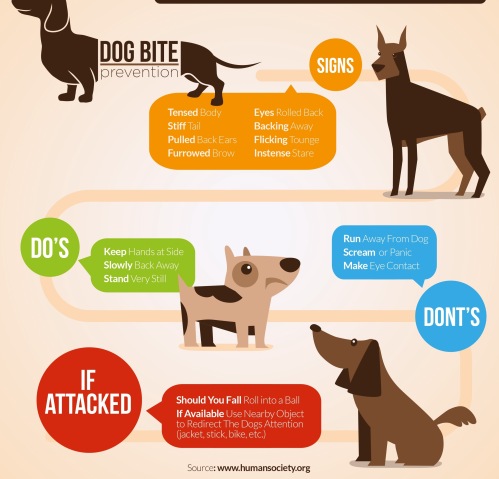
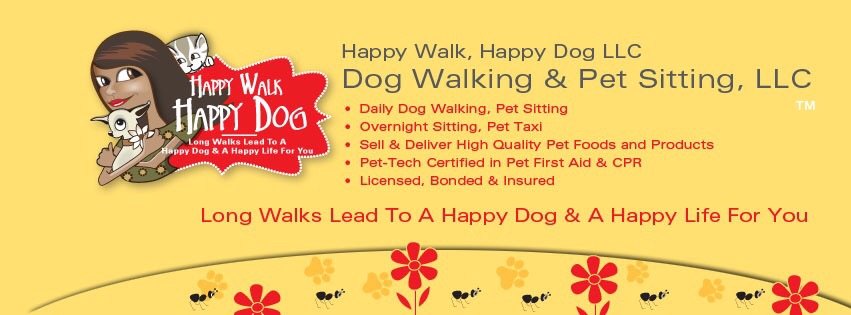



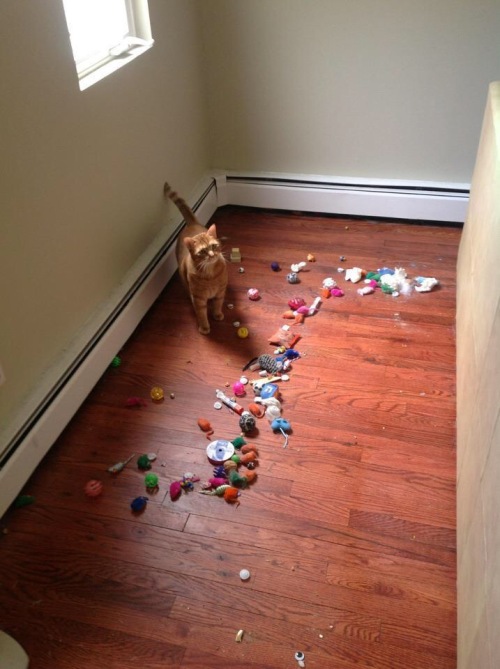







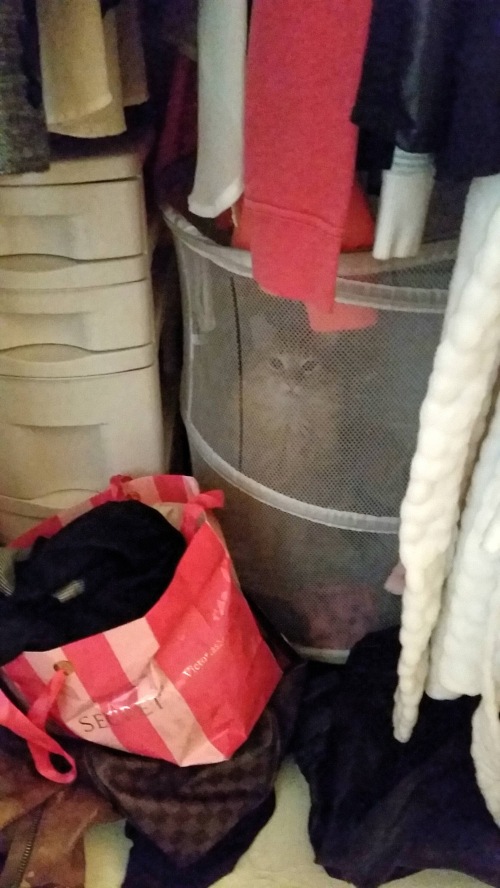
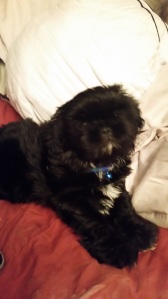




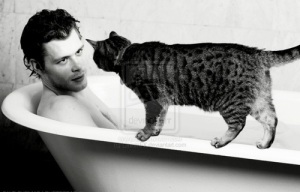
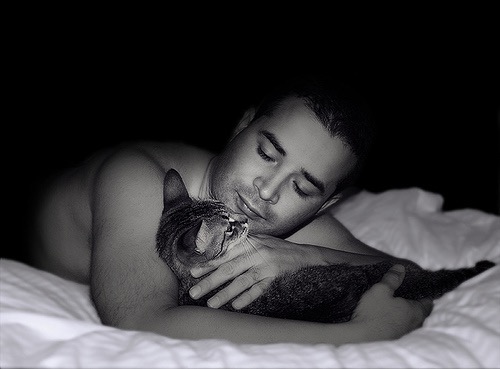
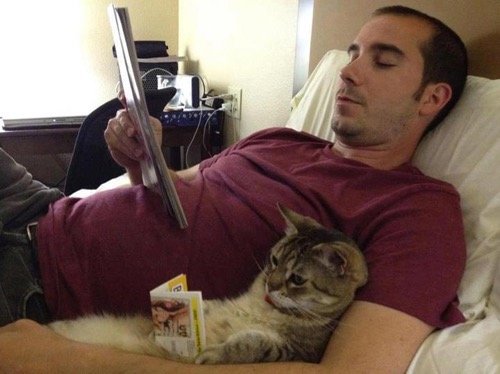




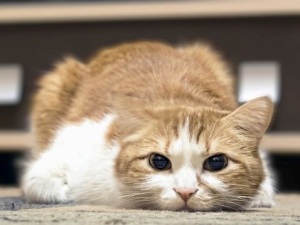


You must be logged in to post a comment.